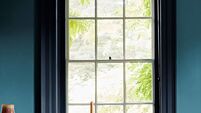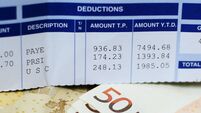How to nab a bargain second-hand or vintage buy
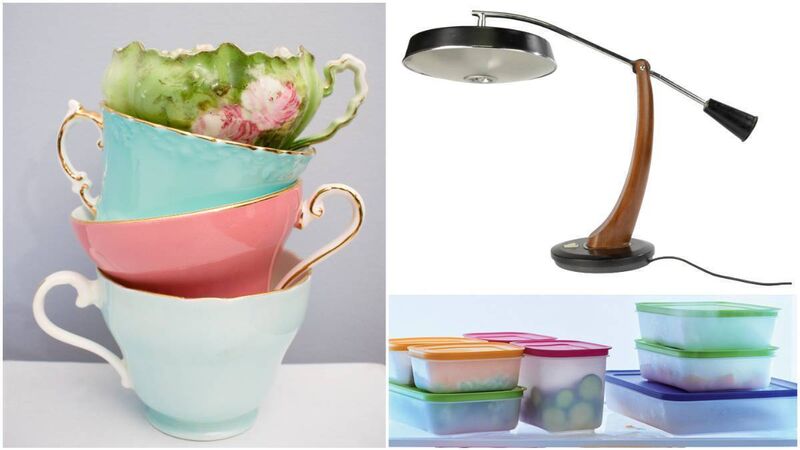
Balance that spontaneous, vintage buy with some cool common sense.
Auctions, boot sales and online temptations. Should you really buy that second-hand item? Balance the job of a spontaneous, vintage buy with some cool common sense.
Whether it’s for the table or the shelf, damaged glass is not only potentially sharp and unstable, but as a collectable item, its value is almost completely shattered. I’m hungry for a particular piece of Swedish glass by Eward Hald. Occasionally, I see this vase appear at a reasonable price online, and my heart and credit card twitch. A low three-figure price always gives away the truth — the rubbing damage, a fleabite, a crack, or a clobber to the base.
If you have the chance, pick up anything glass you’re considering. Run your hands over it. Hold it up to the light to detect flaws committed during manufacture or by rough handling. Light scuffs to the base are acceptable. Instead of ropey paperweights and splintered Waterford — look out for globby, highly coloured mid-century Italian glass brought back as souvenirs termed Murano and Sommerso, in perfect order — regular finds at boot sales and charity shops. If they have a paper label — leave it in place.
You could also follow my lead into the fertile grounds of Scandinavian art glass made right up to the present-day including Kosta, Litilla and Orrefors. In glassware, uranium tableware is very slightly radioactive.
Wooden cutting boards are a place for bacteria to thrive. No, the antiseptic properties of sliced up wood will not allow them to “heal” and self-disinfect. Steer clear unless you’re just looking for decorator pieces for the wall or dresser. Various types of plastic may carry toxic Bisphenol A (BPA) and phthalates. Wear alone may make that darling family of Tupperware boxes rescued from someone’s 1980s collection, chemically unstable and unsafe around foodstuffs. Non-stick wear is almost universally damaged by even a few weeks of use. Buy these items new. Copper pans must be coated in tin to be used for cooking. Again, if you just want to hang them up, together with some lovely old Victorian jelly moulds, they offer lovely decorator items to flock up into collections for cottage-core charm.
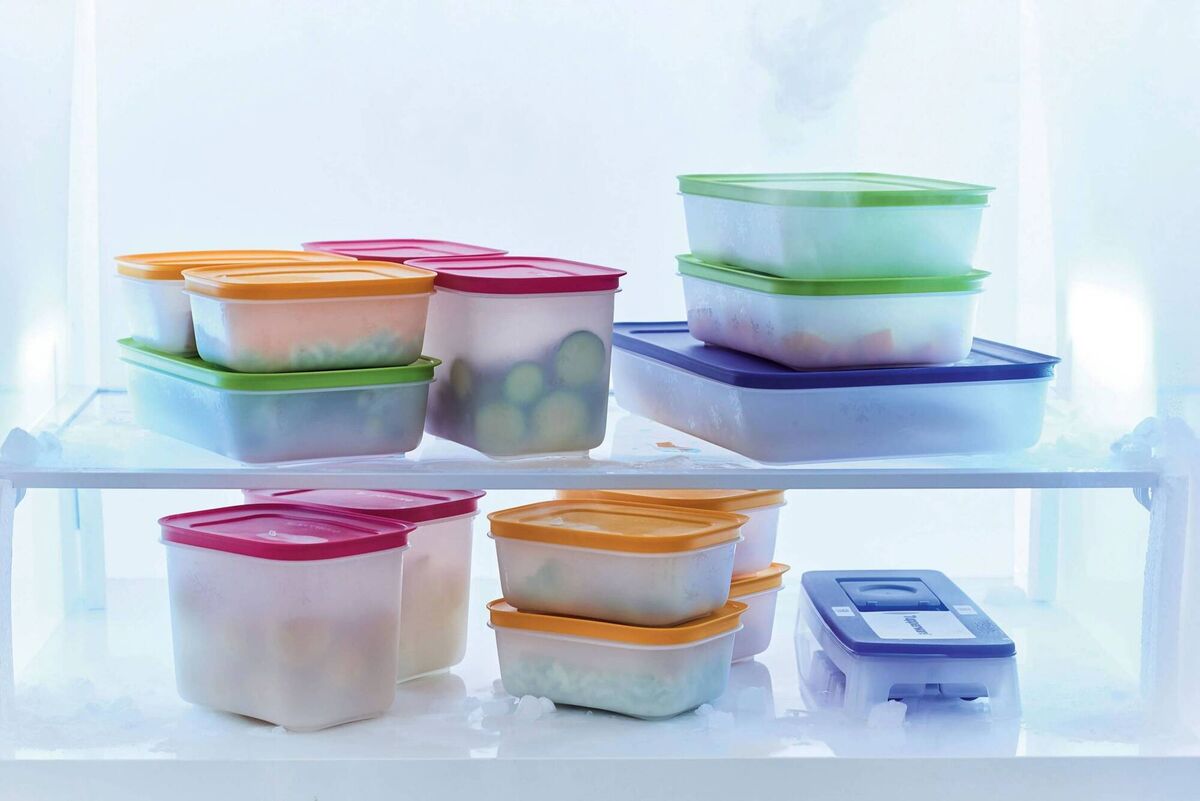
Never assume something is microwave safe unless it is marked as such, including what appears to be Pyrex. Enamelware, including coffee and tea pots may carry damage and even rust — keep them as ornaments only. Things you can use safely include — stoneware (Mason Cash, TG Green and more), and undamaged heavy glass (rolling pins, preserving jars, jugs, and bowls).
There are some beautifully engineered mechanical and manual devices — vintage scales, coffee grinders, cork-screws, and crank-whisks. Given them a really good clean and check for any missing parts. Cast-iron frying pans can be put back in service once free of rust and oiled.
We all know that some tableware deemed safe in decades or even centuries past is now known to carry lead in its glazes. There is a school of thought that slips and glazes were fired at such a high temperature that the lead is not likely to reach the surface of the plate/dish/bowl. Better to err on the side of caution. Even mugs and flatware made in the 1970s or 1980s may carry a glaze with a small lead content. If the antique or vintage dinnerware you’re considering has crazing or cracks, it’s suspect. Brightly coloured imported dishes and tea services were often given an additional lead dose to intensify colour.
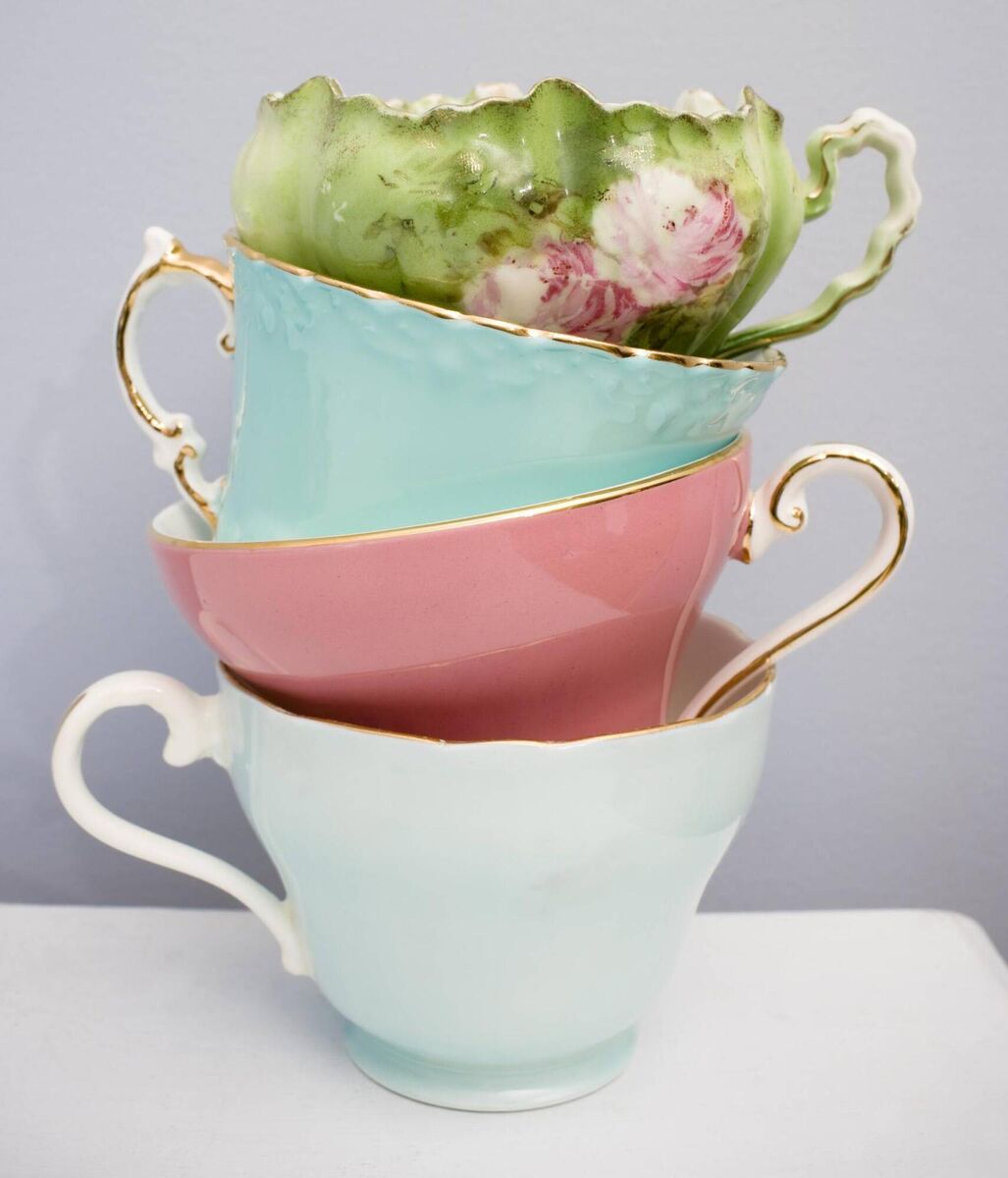
To test if a plate or bowl is carrying a fine hair crack, put it up on the tips of your fingers of one hand and give it a light flick with your other index finger. If there’s a flat ring rather than a sharp sing — it's compromised. Don’t eat off it. Where you do use older dishes (and I do regularly on high days) — tenderly hand-wash them thoroughly before use. For serving wear, consider using antique pieces to present food with a suitable liner actually carrying the food. Don’t attempt to warm these oldies up or put them anywhere near a microwave.
I am shy of anything with wiring bar lamps at sales, auctions, and dealers’ showrooms. When I do buy a vintage lamp (I’m a Fase and Philips/Louis Kalff collector), I have the piece rewired no matter what the seller tells me in the purple prose at the boot sale. Charity shops rarely sell on electrical goods, because the chances of some old wiring going up in flames, or at the very least melting and dying in a fitful hiss, are just too high.
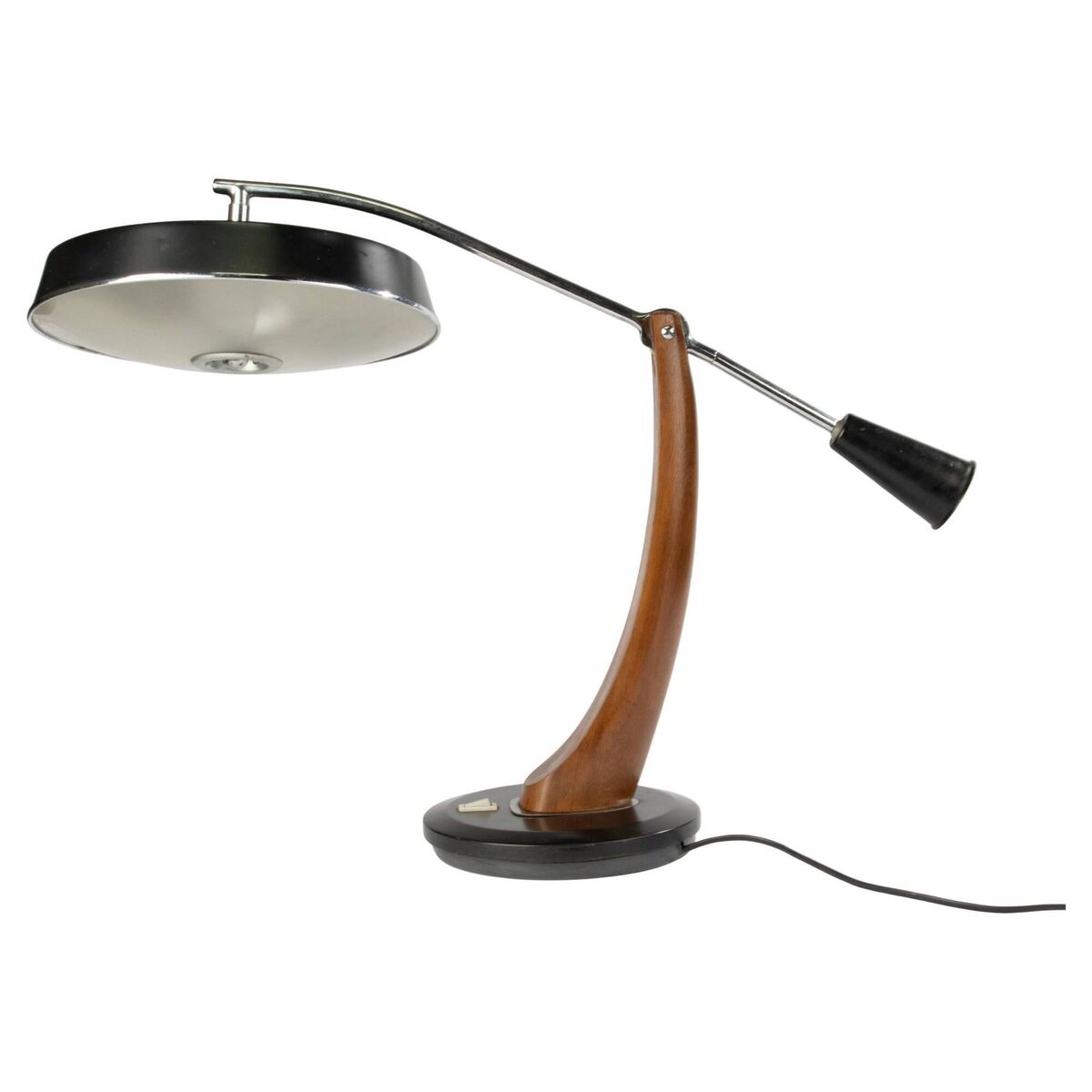
Buying something electrical at a boot sale is a seriously bad idea. There’s no power in a wet Irish field to test something out, and where is that seller going to be next week? You decide to take that chance on quality and performance, and if you do track them down, they have no obligation to solve your problem. Caveat emptor.If you cannot afford the services of a RECI-qualified electrician to deem something fit and safe, don’t do it. What to buy tech instead? Something from the growing number of sellers handling reconditioned electrical goods with limited warranties and 30-day change-your-mind policies. Try backmarket.ie.
Now, in handbags, you might be taken for a complete clown at a boot sale, but reproduction goods offered for sale are a little more nuanced. Reproducing the iconic thing has gone on for centuries, and there’s a whole division of Georgian furniture from the Edwardian era that’s often very nicely made. If you don’t care about the value, if you’re not being asked to pay a high price, and you genuinely like a piece for itself? Buy it. Where you’re offered something that’s supposed to be a particular maker or date? Let your fingers do the walking— research identifying marks, stamps or characteristics online using your phone (don’t forget condition counts) — and then make your decision. Be prepared to live with a lemon if you’re buying from a fair, flea market or boot sale.
There are a number of reasons to be wary of used children’s toys, but not all toys are dangerous or pose a hazard. We have to be the adults here. The first rule when buying toys for your precious offspring (be it a 2m high teddy or a swing set) is that they are age appropriate, intact and with no loose parts, including old or button batteries. The second is that they meet the current safety standards. Finally, anything that needs assembling should be reassembled according to the supplier’s instructions. If something has been roughed around by another family, it may be carrying hidden damage. Play equipment is especially vulnerable to weathering and subtle collapse. Use your phone or a Google Lens search (just take a snap of the piece) to find any recalls on the item and to ensure that its certification is up to date.
Having seen a child crash to the floor from an antique high chair, nursery equipment is best bought new or with very light use. Every bolt and maker’s stamp and every measurement should be gone over twice. For adult collectors, boot sales are like catnip. Ensure you keep all packaging if present. Online stores offer condition reports with come back for investment pieces, including the colourful characters at heroesandvillains.ie. My universal second-hand treasure for everyone over six? This year and every year, it has to be a jumbled tub of Lego.
For a general guide to safety and second-hand goods, go to rospa.com/home-safety/product-safety/second-handgoods.





